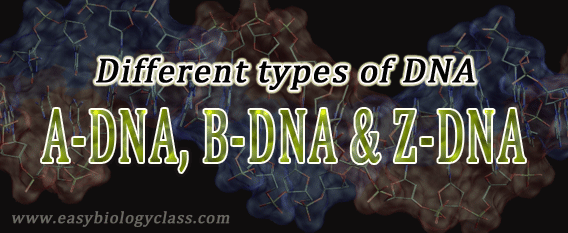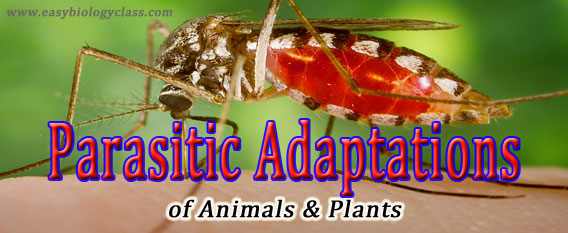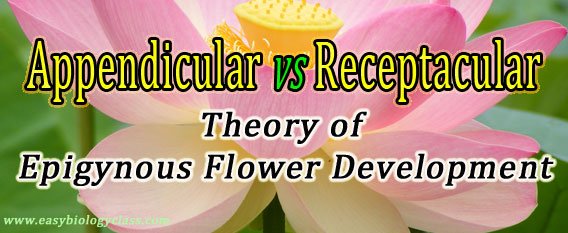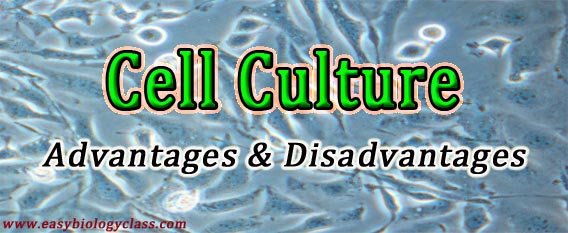Different Forms of DNA (A-DNA, B-DNA and Z-DNA) A Comparison Table with PPT
Different Types of DNA Conformations DNA, the genetic information carrier molecule of the cell, is a long polymer of nucleotides and can adopt different types of structural conformations. The various types of conformations that the DNA can adopt depend on different factors such as: 1. Hydration level 2. Salt concentration 3. DNA sequence 4. Quantity … Read more



